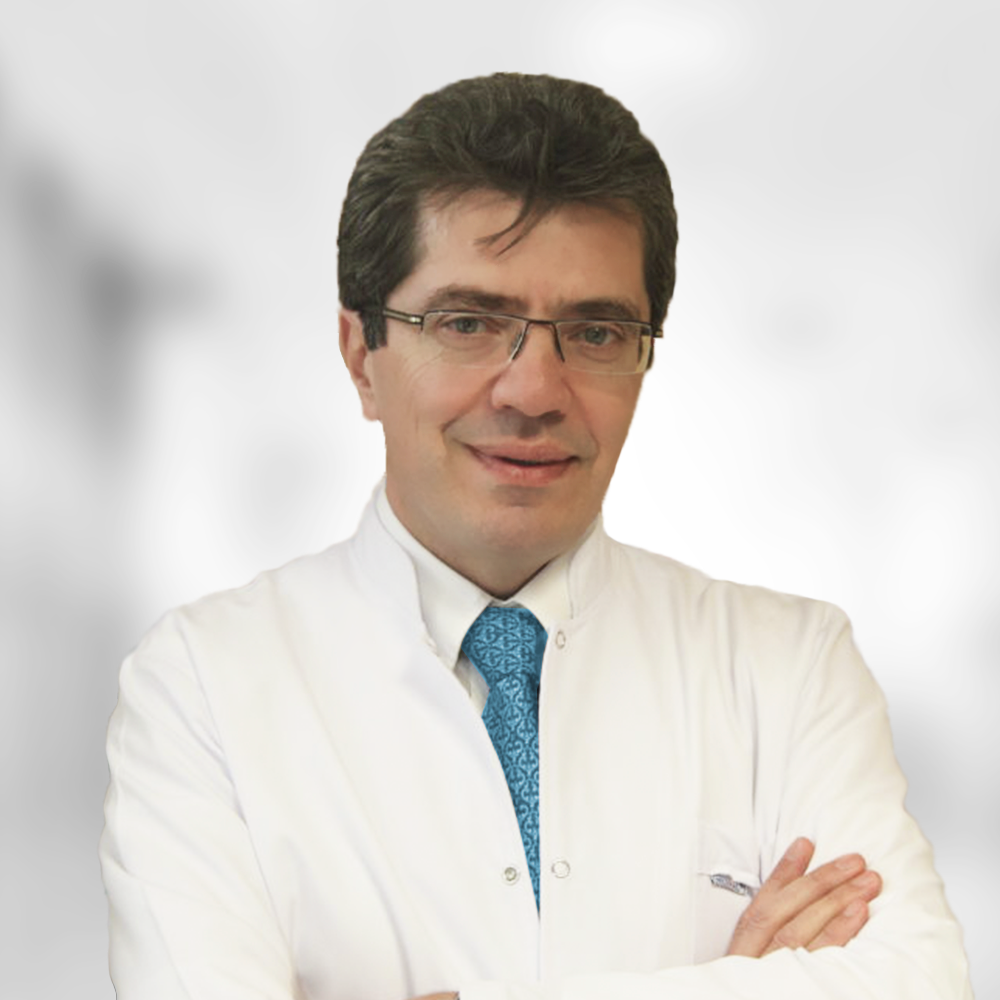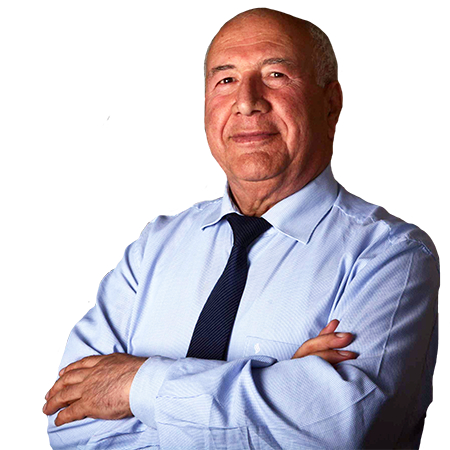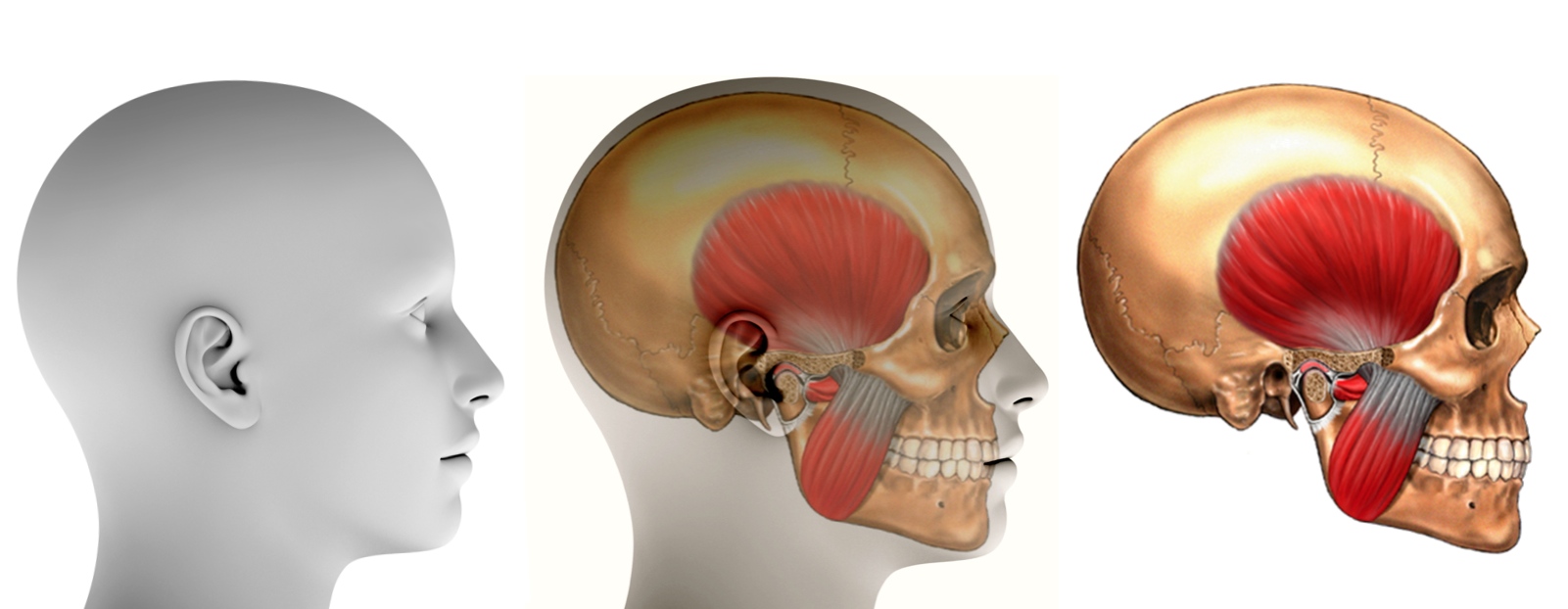Oral and maxillofacial surgery
“Facial reconstruction” redirects here. For the process of visualizing a face from a skull, see Forensic facial reconstruction.

Professor Chingiz Rahimov – Oral and maxillofacial surgery
Azerbaijan Medical University. Head of Department
Professor Yunis Yusubov. Oral and Maxillofacial surgen
Oral and maxillofacial surgery (OMS or OMFS) specializes in treating many diseases, injuries and defects in the head, neck, face, jaws and the hard and soft tissues of the oral (mouth) and maxillofacial (jaws and face) region. It is an internationally recognized surgical specialty. In countries such as the UK, Australia, New Zealand and most of Europe, it is recognized as both a specialty of medicine and dentistry, and a dual degree in medicine and dentistry is compulsory. In other countries including the United States, India, Canada, Brazil, and Sweden, it is a recognized specialty of dentistry.
Regulations
Several countries oral and maxillofacial surgery is a speciality recognized by a professional association, as is the case with the Dental Council of India, American Dental Association, Royal College of Surgeons of England, Royal College of Surgeons of Edinburgh, Royal College of Dentists of Canada, Royal Australasian College of Dental Surgeons and Brazilian Federal Council of Odontology (CFO).
In other countries oral and maxillofacial surgery as a specialty exists but under different forms, as the work is sometimes performed by a single or dual qualified specialist depending on each country’s regulations and training opportunities available.
Summary
An oral and maxillofacial surgeon is a regional specialist surgeon treating the entire craniomaxillofacial complex: anatomical area of the mouth, jaws, face, and skull, as well as associated structures.
Depending upon the jurisdiction, maxillofacial surgeons may require training in dentistry, surgery, and general medicine; training and qualification in medicine may be undertaken optionally even if not required.
Oral and maxillofacial surgery is widely recognized as one of the specialties of dentistry. In many countries, however, maxillofacial surgery is a medical specialty requiring both medical and dental degrees, culminating in an appropriate qualification (e.g. Fellow of the Royal College of Surgeons, FRCS, in the UK). All oral and maxillofacial surgeons, however, must obtain a university degree in dentistry before beginning residency training in oral and maxillofacial surgery. In the United States oral and maxillofacial residency programs are either four or six years in duration. Programs that grant the MD degree are six years in duration.
They also may choose to undergo further training in a one or two year subspecialty Oral and Maxillofacial Surgery Fellowship Training in the following areas:
Cosmetic facial surgery
Cranio-maxillofacial trauma
Craniofacial surgery/pediatric maxillofacial surgery/cleft surgery
Head and neck cancer – microvascular reconstruction
Maxillofacial regeneration (reformation of the facial region by advanced stem cell technique)
The popularity of oral and maxillofacial surgery as a career for persons whose first degree was medicine, not dentistry, seems to be increasing in a few EU countries[clarification needed]. However, the public funds spent for 14 years of training are of a major concern for governments. Integrated programs are becoming more available to medical graduates allowing them to complete the dental degree requirement in about three years in order for them to advance to subsequently complete oral and maxillofacial surgical training.
Surgical procedures
Treatments may be performed on the craniomaxillofacial complex: mouth, jaws, face, neck, and skull, and include:
Dentoalveolar surgery (surgery to remove impacted teeth, difficult tooth extractions, extractions on medically compromised patients, bone grafting or preprosthetic surgery to provide better anatomy for the placement of implants, dentures, or other dental prostheses)
Surgery to insert osseointegrated (bone fused) dental implants and maxillofacial implants for attaching craniofacial prostheses and bone anchored hearing aids.
Cosmetic surgery of the head and neck: (rhytidectomy/facelift, browlift, blepharoplasty/Asian blepharoplasty, otoplasty, rhinoplasty, septoplasty, cheek augmentation, chin augmentation, genioplasty, oculoplastics, neck liposuction, lip enhancement, injectable cosmetic treatments, botox, chemical peel etc.)
Corrective jaw surgery (orthognathic surgery), surgical treatment and/or splinting of sleep apnea, maxillomandibular advancement, genioplasty
Diagnosis and treatment of:
benign pathology (cysts, tumors etc.)
malignant pathology (oral & head and neck cancer) with (ablative and reconstructive surgery, microsurgery)
cutaneous malignancy (skin cancer), lip reconstruction
congenital craniofacial malformations such as cleft lip and palate and cranial vault malformations such as craniosynostosis, (craniofacial surgery)
chronic facial pain disorders
temporomandibular joint (TMJ) disorders
dysgnathia (incorrect bite), and orthognathic (literally “straight bite”) reconstructive surgery, orthognathic surgery, maxillomandibular advancement, surgical correction of facial asymmetry.
soft and hard tissue trauma of the oral and maxillofacial region (jaw fractures, cheek bone fractures, nasal fractures, LeFort fracture, skull fractures and eye socketfractures).
Facebook Comments



